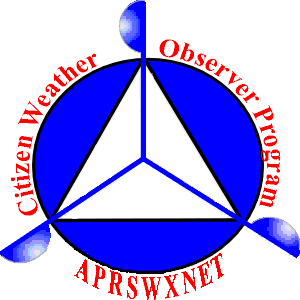| Total Precipitable Water | |
 |  |
| Description: The atmosphere contains an enormous amount of moisture that circulates around the globe. However, not all of it actually condenses into rain,
sleet, or snow since the right balance of pressure and temperature are needed to create precipitation. This dataset shows the total precipitable water (TPW) content in the
atmosphere -- in other words, how much moisture is available to theoretically precipitate into rain, sleet, or snow.
TPW is measured by a variety of satellites. In this case, data from the AMSU and SSM/I microwave sensors are merged together to create a daily composite of global TPW. Values are expressed as "precipitable millimeters" or "kilograms per square meter." Both refer to an amount of water over a defined area. Significant features that can be identified in TPW data are the atmospheric rivers that flow off the oceans and onto coastal land areas. A famous example is the Pineapple Express that forms in the Northeast Pacific and impacts the Northwest United States. Also notice how TPW values are much greater over the equator and ocean. High levels of evaporation in these areas are one of the primary drivers of atmospheric circulation. Data Source:NOAA/NESDIS/STAR Microwave Integrated Retrieval System (MIRS) data page | |
| View High Resolution Version | |
Updated:
11/5/2025 07:25:00












